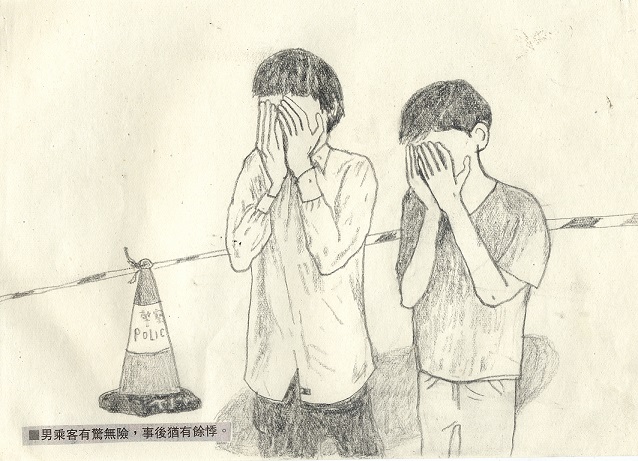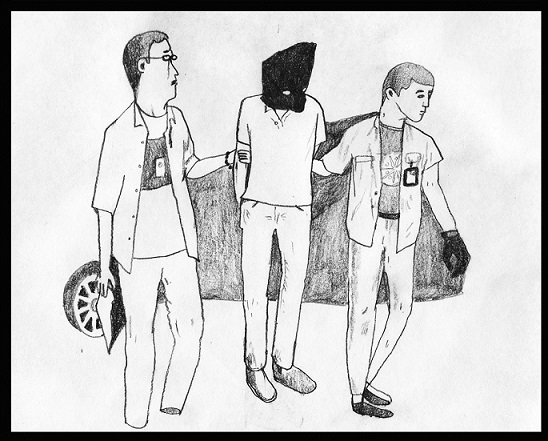藝評
Sushan Chan
約翰百德 (John BATTEN)
at 3:09pm on 13th May 2013



Captions:
1. - 4. Illustrations and 5. Happy Friends, mixed media interactive installation, exhibited at Hong Kong ArtWalk 2012 and Taipei Fine Art Museum, 2012.
(原文以英文發表,評論陳素珊的作品。)
It might be too dramatic to say that Sushan Chan has a cult following – but, not by much. She is unknown in Hong Kong’s ‘art market’, its gallery circuit, chatty gossip and curator rounds. She craves no limelight, neither publicity nor conveying her personal story.
Chan however, has a strong following amongst a tight group of artists whose work, as is her own, concerns social and – obliquely - political issues. She is a member of and works part-time at Woofer Ten; a community artist-run initiative based at Shanghai Street Art Space in Yau Mei Tei. Technically an art exhibition venue, Woofer Ten has transformed the space into something like a neighbourhod drop-in centre, whilst tapping the latent talent, artistic and practical, of the nearby kai fong.
Amongst a variety of Woofer Ten initiated activities, neighbours themselves are encouraged to teach workshops. Local Pakistani children often drop in, and now a mother teaches Chinese neighbours how to make Pakistani snacks and a version of milk tea. Another neighbour teaches his self-learned indoor horticultural techniques using recycled plastic containers and water-dripping ideas.
Chan’s own artwork is predominantly illustrative. She is art director of Woofer Post – a semi-regular publication distributed free by Woofer Ten around Yau Ma Tei. In the Post her idiosyncratic design and distinctive illustrations have made the publication an emblem of local cultural representation. Containing stories, news, cartoons, ideas and an earthy design reminiscent of an old-fashioned local newsletter, Woofer Post, brings communities together in spirit and perfect for Yau Mei Tei’s still-intact street culture seen in nearby markets and older businesses.
A graduate of fine arts from the Chinese University of Hong Kong in 2008, Chan’s pencil or ink drawings are reminiscent of a long tradition of social commentary, such as the satire and bawdy humour of the 18th century English artist William Hogarth or Feng Zikai, the Shanghai cartoonist, recently exhibited at the Hong Kong Museum of Art.
Graphic representation has usually been sidelined in the art world by the ‘higher’ art forms of painting and sculpture - Andy Warhol and his conceptual, commercial opportunism is an exception. Chan says that she does not “think in the abstract, but from real life situations.” She takes these situations as on-going themes in her work. She depicts and has great sympathy for people who work on the street: for example, woman selling ‘good omen’ flowers and men shining shoes.
She is inspired by local news and her own archive of newspaper clippings highlights the banality, despite the supposed drama, of everyday news coverage. Such images as people hiding their face from a camera or a suspect in a criminal investigation whose head is covered by a black cloth with eye holes – such images give the impression that they have done something more serious than they may actually have.
Similarly, Chan often depicts – caught by the original photographer – odd gestures made by the police or government officials while on duty. These illustrations capture usually formal officials ‘out of depth’. It is this work that makes Chan one of the leading proponents in a renewed spirit of social satire in Hong Kong.
A version of this essay was published in the South China Morning Post, 9 May 2013.
